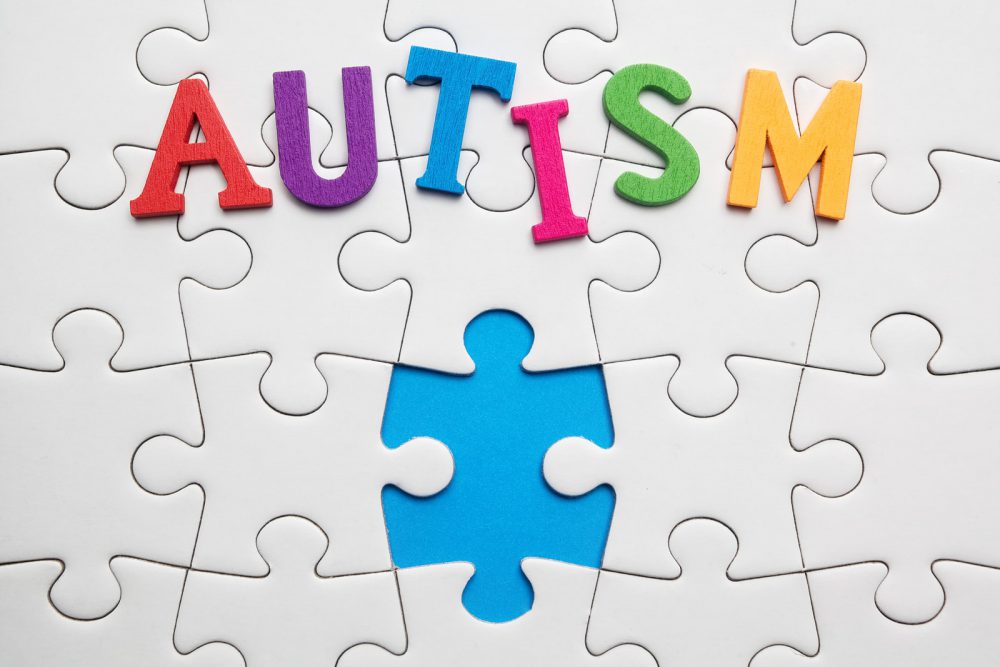
Australian scientists believe they are close to discovering the genetic code for autism, giving hope that researchers will be one day be able to diagnose and treat the neurodevelopmental disorder.
The scientists have figured out how to make mice autistic by removing a particular gene known as BRINP1. In both humans and mice that gene produces a protein used in the brain.
The mice with the gene removed displayed symptoms associated with autism, including short-term memory alterations, reduced sociability and shorter and less frequent communication.
Study Results
Autism spectrum disorder (ASD) is “characterized by deficits in social communication and social interaction and the presence of restricted, repetitive behaviors,” according to the American Speech-Language-Hearing Association (ASHA).
“In the future, we will be able to diagnose according to a genetic component,” said Dr. Susie Berkowicz, a neuroscientist at Monash University in Australia and lead author of the paper published recently in Molecular Autism. “It also means we will be able to develop targeted treatment for those individuals.”
Berkowicz noted that the mice with the removed gene were hyperactive, moving around a maze as much as 50% faster than their control peers. Their normal social behavior was changed too, with the test subjects showing little interest in other mice.
You Might Also Enjoy: Low B12 Levels in Brains of those with Autism, Schizophrenia
Because symptoms and behaviors of those with ASD can vary in severity from person to person, treatment strategies are built around each individual’s needs and the resources that their family can provide.
Generally, highly structured and specialized treatment works best for children with ASD. A program that focuses on helping parents and improving communication, behavioral, social, adaptive and learning aspects of a child’s life is likely going to have the highest rate of success.
Autism Facts
Autism affects about 1% of the world population, according to the Autism Society, which noted that the disorder occurs in approximately 1 in 68 births. Males are roughly five times more likely than females to have autism, and overall, the disorder’s prevalence grew 119.4% between 2000 and 2010.
The cost of autism services in the U.S. is an estimated $232-262 billion annually, with a lifespan cost per person of $2.4 million for those with an intellectual disability and $1.4 million for those without one.
About 1-in-3 young adults (ages 19-23) with autism do not receive postgraduate education or obtain a job after leaving school. In addition, it costs an additional $8,600 a year to educate a student with autism.
Autism Awareness Month
April is Autism Awareness Month, while April 2 was World Autism Awareness Day.
More than 11,000 buildings, landmarks and homes – including the Empire State Building, the Panama Canal, Sydney Opera House and Rockefeller Center – joined in the Light It Up Blue awareness campaign.
Find out how you can get involved here.









